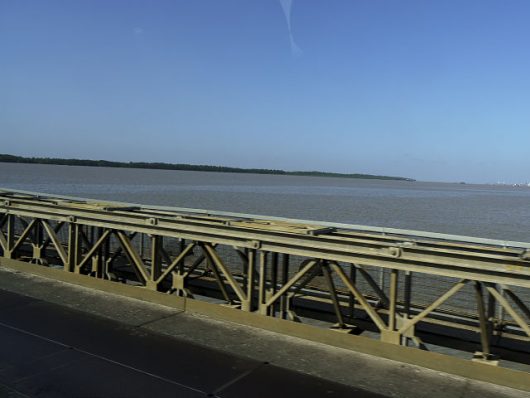 Quadloop is a Nigerian company turning electronic waste into solar products to tackle the country’s energy crisis and toxic e-waste and chemical hazards. Dozie Igweilo, a co-founder of Quadloop, emphasizes the harmful impact of e-waste on vulnerable populations in Nigeria. Through efforts such as turning e-waste into sustainable products, Quadloop tackles energy poverty in Africa.
Quadloop is a Nigerian company turning electronic waste into solar products to tackle the country’s energy crisis and toxic e-waste and chemical hazards. Dozie Igweilo, a co-founder of Quadloop, emphasizes the harmful impact of e-waste on vulnerable populations in Nigeria. Through efforts such as turning e-waste into sustainable products, Quadloop tackles energy poverty in Africa.
Inequitable E-Waste in Central Africa
Over 95% of Nigeria’s 250,000 tons of e-waste contain dangerous compounds such as mercury, lead and cadmium. Improper disposal of hazardous materials has been shown to pollute and contaminate the environment, air, water and food sources, endangering e-waste workers and residents close to landfills. In extreme cases, toxic heavy metals have threatened child development and led to neurological damage. The European Union and U.N. also report on the inequity of e-waste: Developed countries offload their waste into Africa.
In Africa, Nigeria, Ghana and Tanzania receive the most e-waste from developed countries. Due to inequitable policy and waste management systems, these countries cannot handle the surplus of waste from other countries. The following e-waste pollution leads to environmental contamination and subsequently endangers human health. The ongoing energy crisis is another concern: The Energy Progress Report of 2022 estimates that “92 million Nigerians lack access to electricity from the national grid.” With an energy grid that has already broken down five times in 2022 so far, policymakers and companies see renewable energy as a prime solution.
What Quadloop Does
Quadloop tackles energy poverty by collecting e-waste and reusing it to create renewable energy products. The company strives to reduce the buildup of e-waste in central Africa by using a circular economy model to turn e-waste into electricity for Nigerians lacking access.
An early prototype released in 2018, the Bliss Solar Lamp, provided low-income and vulnerable communities with clean energy using circuit LED batteries and replacing fire-hazardous kerosene lamps. Since then, the company has responded to feedback and researched further to create a more efficient and sustainable lamp design.
Quadloop later created IDunnu, a solar wall lantern from 70% recycled waste. The portable lantern’s components include a remote control, an automatic daylight sensor, a USB charging port and a rechargeable 10,400 mAh lithium-ion battery.
Projected Growth
Igweilo used his technological and entrepreneurial experience to start Quadloop, with the initial goal of solving rising e-waste and poor energy distribution in Nigeria. The company seeks educational programs, such as training at Lagos business schools, to increase awareness and encourage jobs in renewable energy.
Quadloop has seen significant recognition for creating reliable and renewable energy. In 2020, the Nigeria Climate Innovation Center granted Quadloop $10,000 for future development. In 2021, Igweilo won a Meaningful Business 100 award recognizing entrepreneurs making progress toward the U.N. Sustainable Development Goals. Now, Quadloop’s goal is to become the foremost indigenous company working toward eliminating the issue of e-waste in Africa. The company aims to expand to neighboring countries like Tanzania and Ghana to help with their similar energy issues.
– Nethya Samarakkodige
Photo: Flickr

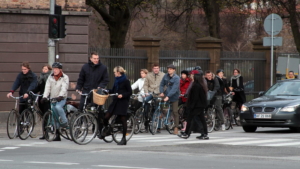 Home to
Home to 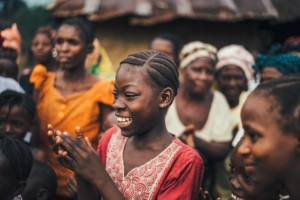 Technological innovation has always been an important determinant of economic growth. Now, renewable energy in Ghana is paving the way for a better nation. On May 25, 2022, the government of
Technological innovation has always been an important determinant of economic growth. Now, renewable energy in Ghana is paving the way for a better nation. On May 25, 2022, the government of 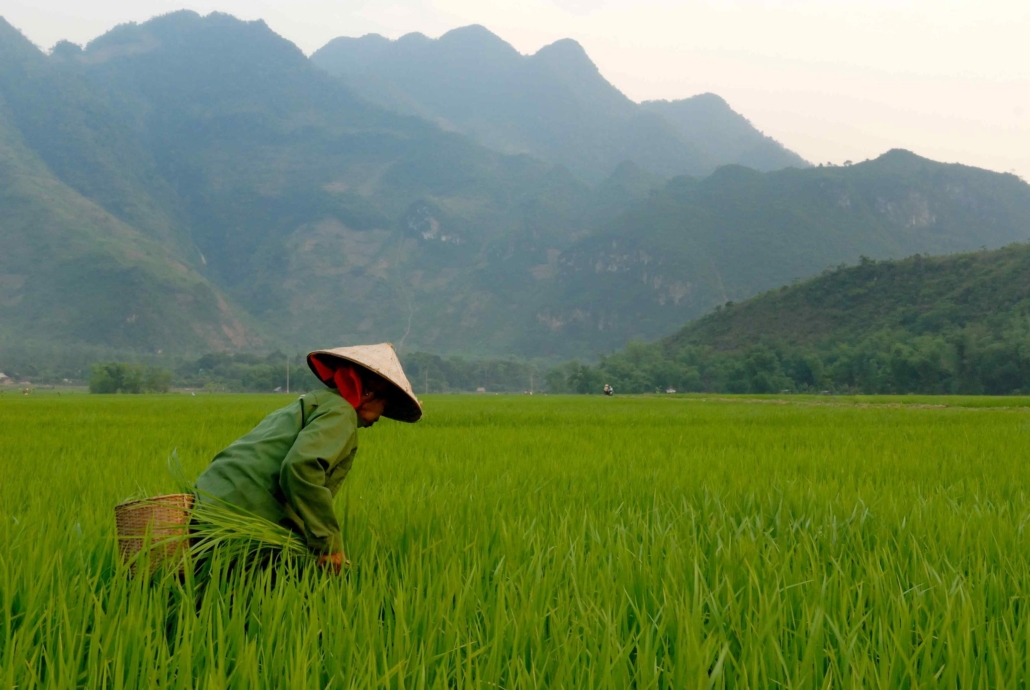
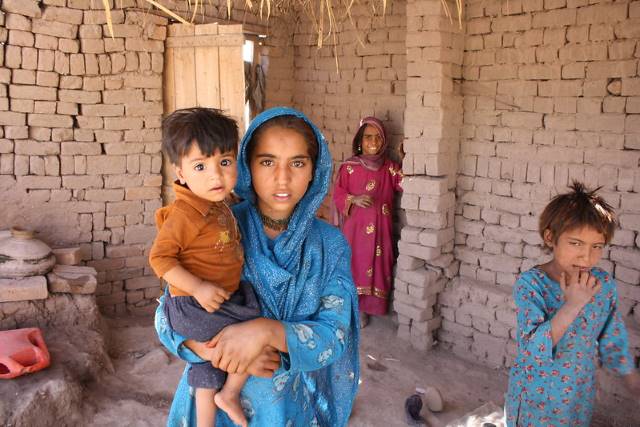 For many Afghans, the country’s past wars and economic hardships have taken a heavy toll and even with the strides made towards rehabilitating the country over the past decade, the scars of the past remain ever-present in the lives of tens of millions of its inhabitants. As Afghanistan seeks to recover and increase development in the wake of destruction and instability, fortification of critical infrastructure has become more important than ever, with one of the most important priorities being access to energy and electricity. As of 2020, many Afghans, particularly in rural areas, live either with
For many Afghans, the country’s past wars and economic hardships have taken a heavy toll and even with the strides made towards rehabilitating the country over the past decade, the scars of the past remain ever-present in the lives of tens of millions of its inhabitants. As Afghanistan seeks to recover and increase development in the wake of destruction and instability, fortification of critical infrastructure has become more important than ever, with one of the most important priorities being access to energy and electricity. As of 2020, many Afghans, particularly in rural areas, live either with  Green growth refers to economic growth through the use of sustainable and eco-focused alternatives. These “green” alternatives benefit both the economy and the environment all while contributing to poverty reduction. Ecovillages are a prime example of an environmentally conscious effort to address global poverty. They are communities, rural or urban,
Green growth refers to economic growth through the use of sustainable and eco-focused alternatives. These “green” alternatives benefit both the economy and the environment all while contributing to poverty reduction. Ecovillages are a prime example of an environmentally conscious effort to address global poverty. They are communities, rural or urban, 

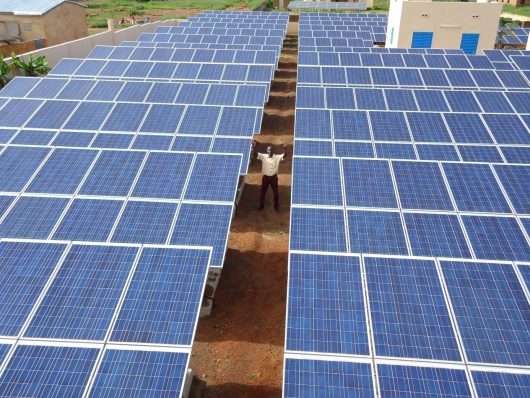 When extreme poverty is closely examined, a lack of resources is often found as the underlying catalyst. According to the International Energy Agency,
When extreme poverty is closely examined, a lack of resources is often found as the underlying catalyst. According to the International Energy Agency, 